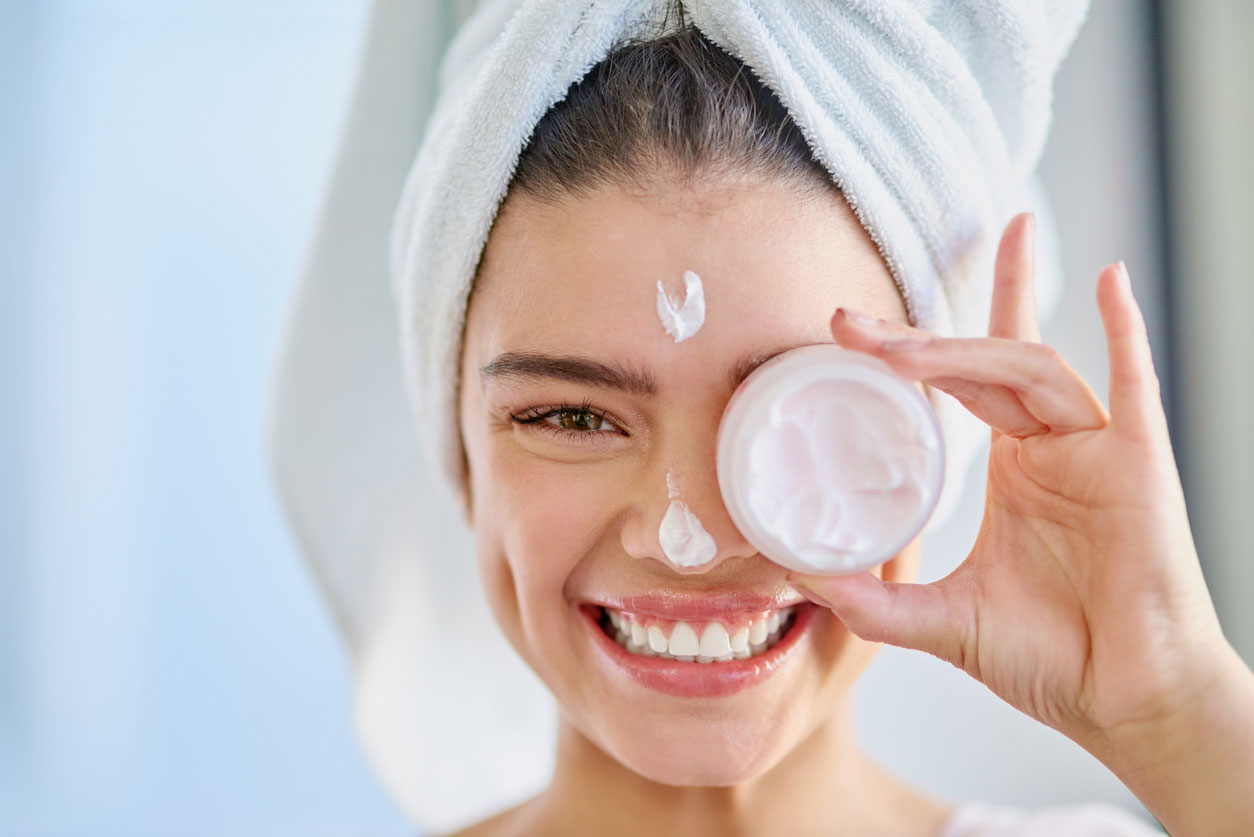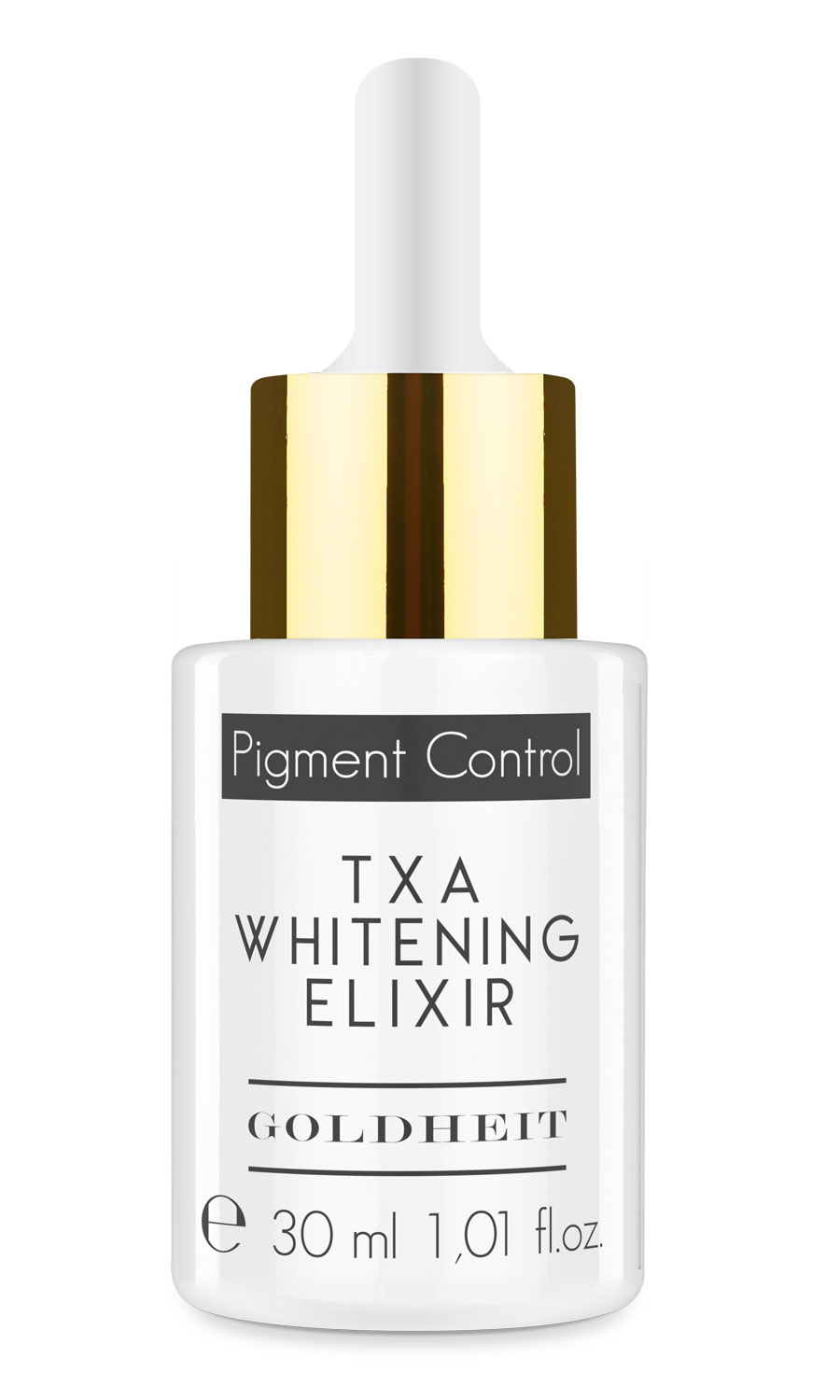Pigmentation spots – causes, prevention and effective care
Sort by
Goldheit Stem Cell Exosome Cream (50ml)
High-end anti-aging face cream with exosomes from licorice root and edelweiss stem cells. Supports skin regeneration for visibly firmer, smoother and plumper skin
CHF 81.00 incl. VAT plus shipping
(100ml CHF 162.00)
Goldheit Sun Drops SPF 30 (30ml)
Innovative, lightweight sun protection serum SPF 30. Protects against UVA and UVB rays, helps prevent photoaging and deeply nourishes the skin with ceramides, vitamin E, aloe vera and shea butter
CHF 48.90 incl. VAT plus shipping
(100ml CHF 163.00)
Methode Brigitte Kettner AP Ecto Sun SPF 30 Body (150ml)
For carefree enjoyment of the sun
CHF 46.00 incl. VAT plus shipping
(100ml CHF 30.65)
Phytomer Sun Reset SPF 50 (50ml)
Regenerating Sunscreen SPF 50
CHF 49.00 incl. VAT plus shipping
(100ml CHF 98.00)
Phytomer Soleil Océan SPF 50+ (50ml)
Hydrating Sun Protection SPF 50+ – For Your Skin and the Oceans
CHF 51.00 incl. VAT plus shipping
(100ml CHF 102.00)
Goldheit TXA Whitening Elixir Pigment Control (30ml)
Elixir visibly reduces dark skin discolouration
CHF 68.90 incl. VAT plus shipping
(100ml CHF 229.65)














